After my first encounter with the history of the Aboriginal people in Sydney, I flew to Cairns to learn more about their culture. What I find most amazing about the Aboriginal people is that they did not live on the land as if it were their property. Instead, they lived in harmony with it, utilizing natural resources for their day-to-day lives. I learned more about this and their appreciation for the gifts of nature through first hand experiences with the Daintree Dreaming Day Tour and Tours4Fun.
Our small group tour started with a visit to the Daintree Rainforest, which is the oldest continuous rainforest in the world. It’s also home to the Kuku Yalanji tribe of the Aboriginal people.
Upon arrival to the rainforest, we were greeted by a Kuku Yalanji shaman named Mooks. As a medicine man who learned this craft from his grandfather, Mooks performed a welcome ceremony for our arrival. It included the burning of bark from the Paperback tree, a waterproof bark that’s also used by the Aboriginal people for roofing and buckets.
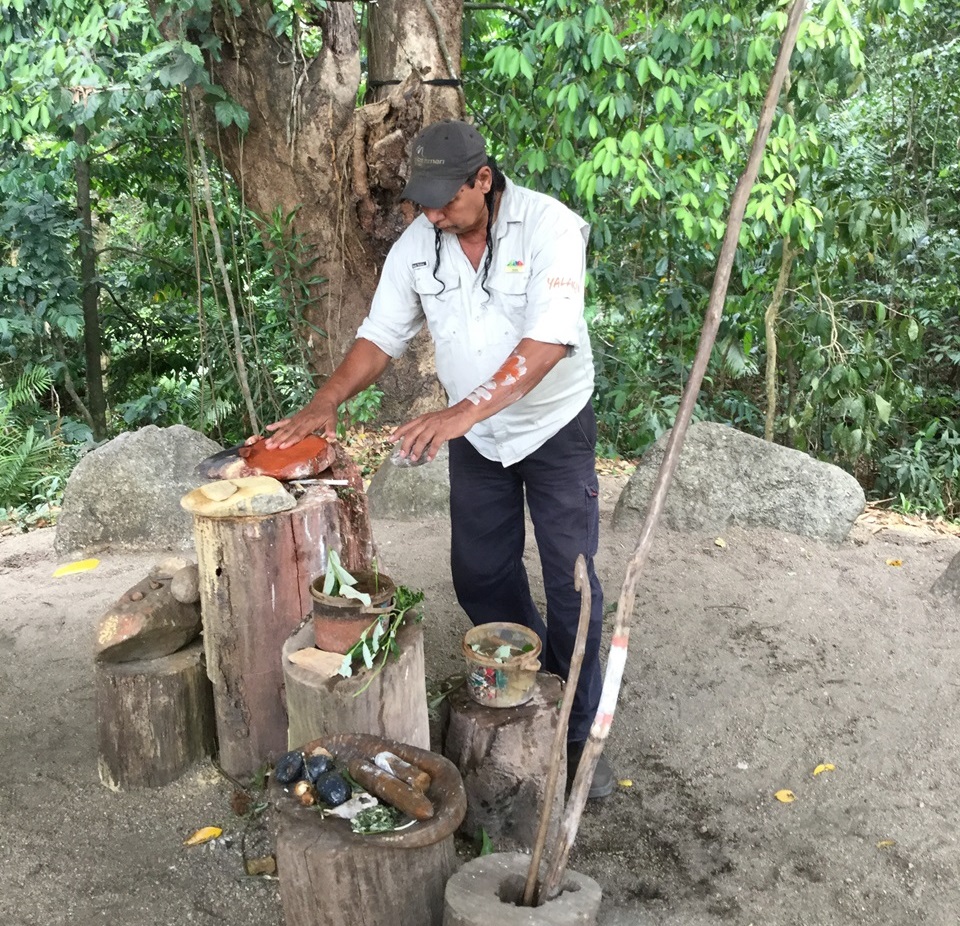 “We get a lot of people who come in here,” Mooks told me, “like yourself, learning about these things…I’m very lucky I grew up with my grandfather and learned these things, and that’s what I love doing now. I love sharing it…and that’s what we’re here for, to share the culture.”
“We get a lot of people who come in here,” Mooks told me, “like yourself, learning about these things…I’m very lucky I grew up with my grandfather and learned these things, and that’s what I love doing now. I love sharing it…and that’s what we’re here for, to share the culture.”
Kuku Yalangi Elder Roy Gibson was one of the first to see tourism as an opportunity to share the culture and traditions of his people while creating opportunities for the aboriginal community.
“This is our way of keeping our culture alive,” Gibson once said, “and walking together as one.”
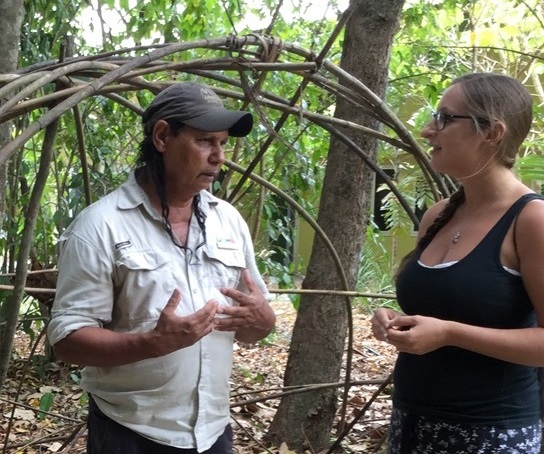 According to another Aboriginal Elder by the name of George Skeene, the decedents of the tribes who once lived in and around Cairns maintain their spiritual connection and continue to teach new generations about their rich and ancient culture.
According to another Aboriginal Elder by the name of George Skeene, the decedents of the tribes who once lived in and around Cairns maintain their spiritual connection and continue to teach new generations about their rich and ancient culture.
To complete the welcome ceremony, Mooks proceeded to paint our arms and faces with pastes made from white clay and red ochre. Traditionally, the aboriginal people used body paints like these when they traveled to other territories, not unlike how people get their passports stamped when they travel to other countries.
After the ceremony, our Daintree Dreaming Tour Guide, Greg, led us on a short, leisurely hike through the tropical rainforest. Along the way, he taught us how the Aboriginal people utilized plants and other natural materials in their daily lives. Greg was remarkably knowledgeable about a variety of subjects, from history and culture to various sciences such as geology, botany and biology. Even his statistics were so incredibly spot on that I joked he was like a walking encyclopedia! Greg loved to share information and answer everyone’s questions.
We learned that the Aboriginal people used leaves from the sarsaparilla tree to make soap and treat mosquito bites, and they also used to bark medicinally to treat muscle pain. Greg demonstrated how to use a rock called the Burnie Bean, which gets hot when rubbed against flat surfaces, and described how this rocks is used to suture wounds and start fires. He went on to explain that sap from the Grass Tree was thrown into the fire, where it transformed the smoke into a mosquito repellent. He passed samples of these plant materials around the group so we could identify them ourselves and smell the unique aromas.
Greg introduced us to the Pandanus tree, which has leaves that the Aboriginal people use for weaving. These trees also produce a fibrous nut that they use to make flat bread. Greg explained that, even though the Egyptians have been officially credited for making the first bread around 17,000 BC, there is evidence that suggests the Aboriginal people started making bread almost twelve thousand years before the Egyptians.
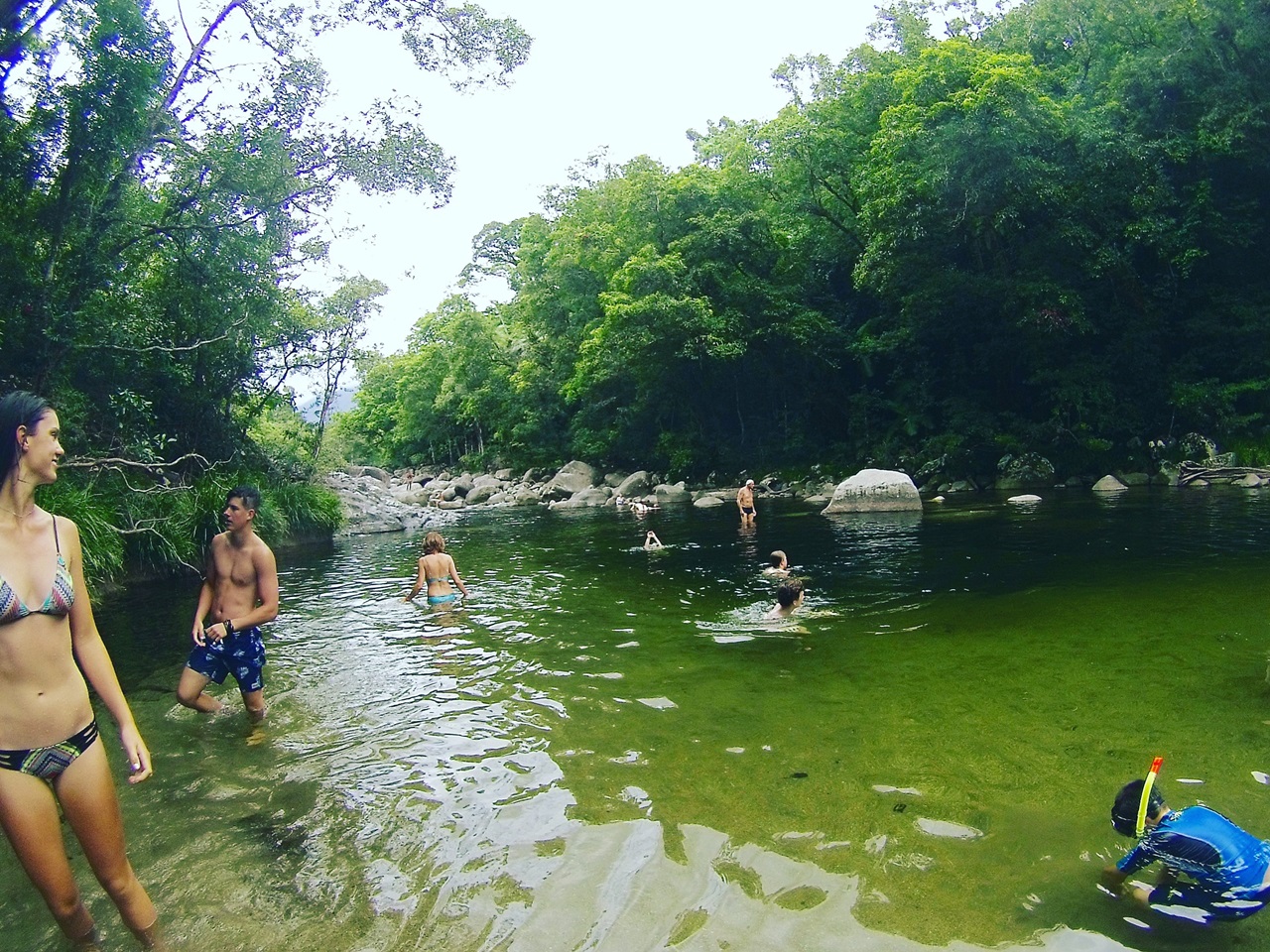
At the end of our hike, we came upon a beautiful and pristine swimming hole called Mossman Gorge. Sourced from the Daintree River, Mossman Gorge is known for having the second most pure fresh water in the world. Most of us took the opportunity to swim in this refreshing cascade while Greg remarked how the water upstream is so clean, it’s even safe to drink. I thought swimming at Mossman Gorge would be the highlight of the tour, but little did I know that the best was yet to come.
The next portion of the tour took us to Cooya Beach, a traditional fishing ground of the Kuku Yalanji people, a group that largely sustained themselves by hunting and gathering. We met Brandon, a Kubirri Warra brother who teaches visitors how to spear fish. Brandon learned how to hunt and gather for food from his grandfather.
Today, he educates visitors through hands-on experiences in hopes of keeping the culture of his ancestors alive. Using coconuts as target practice, Brandon gave us each a long, bamboo spear and began to teach us the fundamentals of how to throw it.
Once we had a little practice under our belts, we rolled up our pant legs and waded into the ocean. Cooya Beach consists of beach, mangroves and coastal reef that are interconnected by the ever-changing mudflats and tidal lagoons. While we were with Brandon, the tide was low, so he instructed us to be on the lookout for large fish and crabs to spear.
Greg explained that it’s actually illegal to spear fish in Australia unless you are accompanied by Aboriginal people. This was one of the many factors that made the Daintree Dreaming Day Tour such a unique and one-of-a-kind adventure. It was an opportunity to experience a part of the Aboriginal heritage that we wouldn’t have been able to practice otherwise.
Spear fishing with Brandon was probably the most distinctive hands-on learning experience I have ever encountered with an organized tour. Where else in Australia can visitors learn how to hunt and gather as the Aboriginal people have been for thousands of years?
Once we finished spear fishing, Brandon took us into the mangroves to show us how to gather snails. He taught us how determine if they were edible by identifying the presence of a yellow film. Those of us who were not so talented at spear fishing found this activity to be much more rewarding, as Brandon pointed to low-lying trees that were best for gathering snails.
After we had a bucket filled with shellfish, crab, snails and a stingray, Brandon took us back to his home to prepare the seafood for lunch. Some of us joined Brandon in the kitchen, where we learned how to properly clean and prepare the seafood. We cooked the crab, snails and shellfish in a buttery garlic sauce. Then, Brandon taught us how to pull the stingray apart, removing the skin and bone before cooking the meat over fire in a curry.
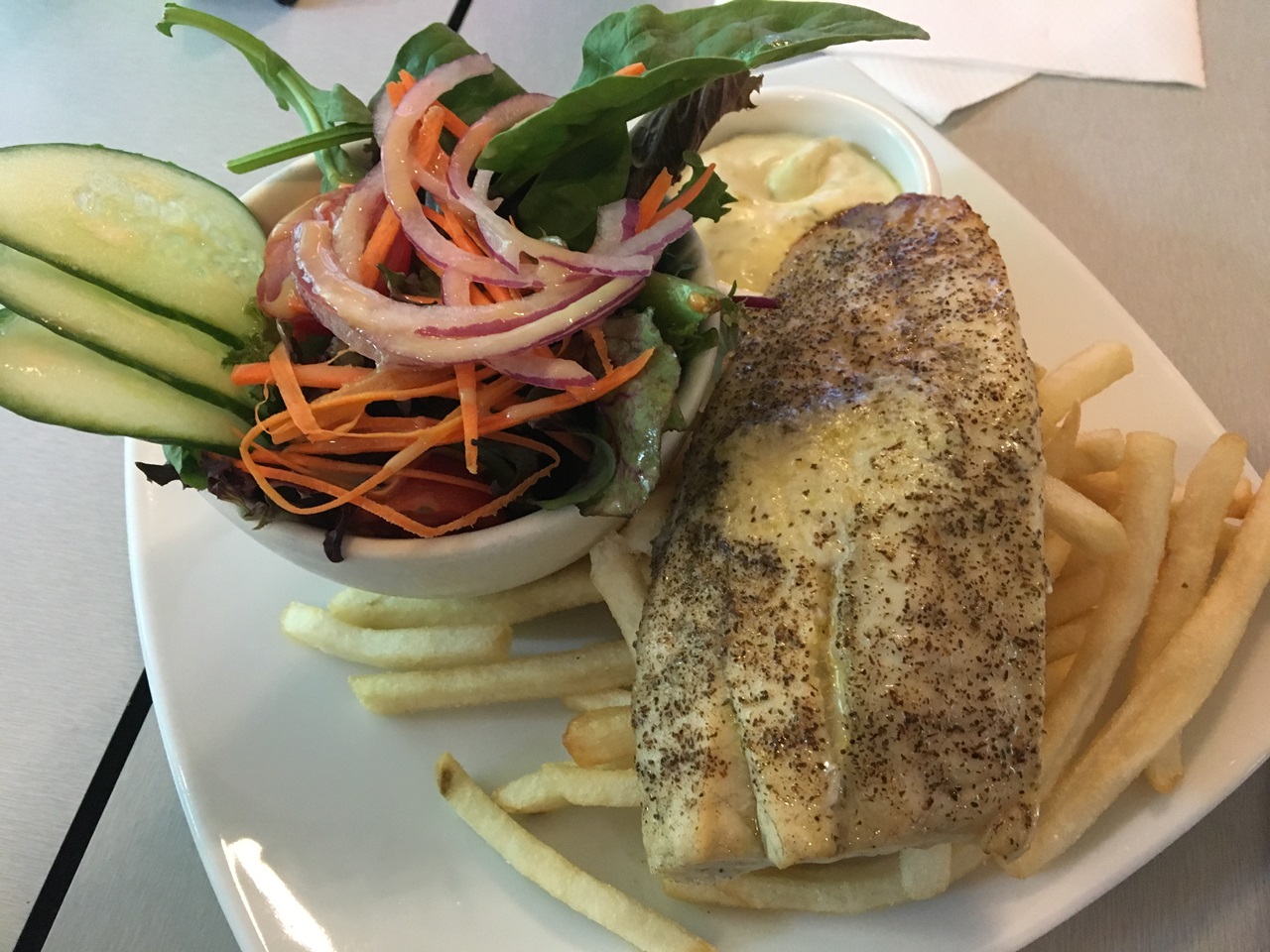 As we prepared lunch, I reflected on the effort it took to hunt and gather this meal. It gave me a new respect for the food we eat to sustain ourselves and made me recognize how we’ve grown accustomed to food that seems to magically appear on the shelves at the supermarket, or served to us on a restaurant platter. I realized how much we all take our food for granted, and gained a new perspective on what it takes for our meals to make their way to the table.
As we prepared lunch, I reflected on the effort it took to hunt and gather this meal. It gave me a new respect for the food we eat to sustain ourselves and made me recognize how we’ve grown accustomed to food that seems to magically appear on the shelves at the supermarket, or served to us on a restaurant platter. I realized how much we all take our food for granted, and gained a new perspective on what it takes for our meals to make their way to the table.
I discussed this appreciation with an Australian woman from Melbourne, who’d brought her two teenage sons on the tour. She agreed and added how she thought it was good lesson for her children to learn.
While Brandon taught us how to cook the seafood, his nine year old daughter rode around the house wearing roller blades, telling us stories about spear fishing with her father. Once the food was prepared, we shared our meal with Brandon and his daughter on the porch while they answered more of our questions about the Aboriginal people’s traditions and way of life.
Maybe it’s because I’m Italian, but I have always found that the most genuine cultural exchanges happen either in the kitchen or while sharing meals. The fact that our experience included a visit to Brandon’s home went above and beyond what I expected from this tour. It was a means to reaffirm that the Aboriginal people are people, too, but with varying customs and traditions.
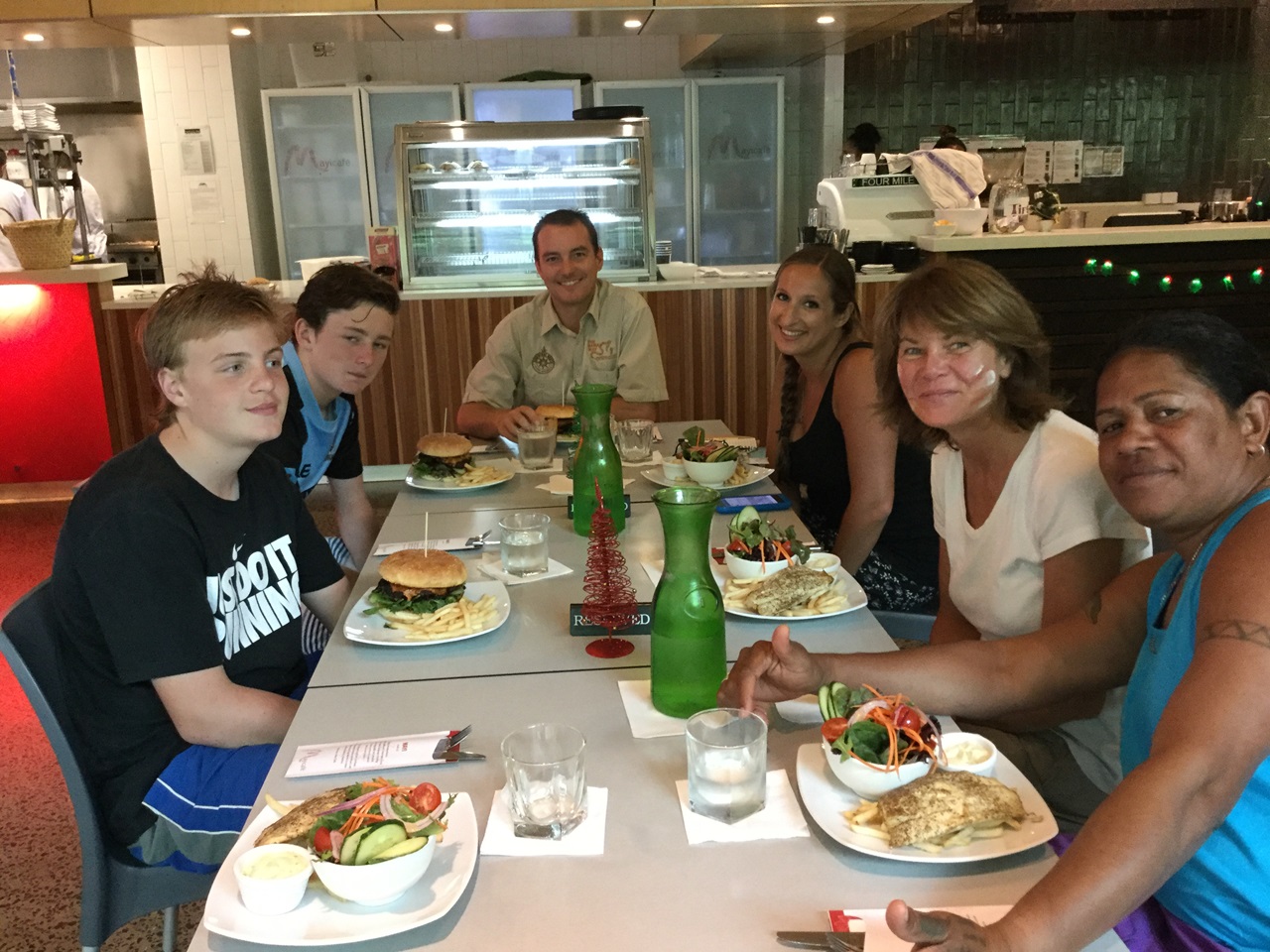
Overall, the Daintree Dreaming Day Tour was absolutely incredible and I couldn’t imagine a more authentic experience. I’d recommend this tour for people of all ages, so long as they are willing to get their hands dirty! It was a very hands-on educational experience and – with all the great spear fishing – definitely not recommended for the weak of heart.
If you want to discover more amazing destinations or learn all the tips and tricks to planning your next vacation, please subscribe to our Tours4fun Newsletter below.
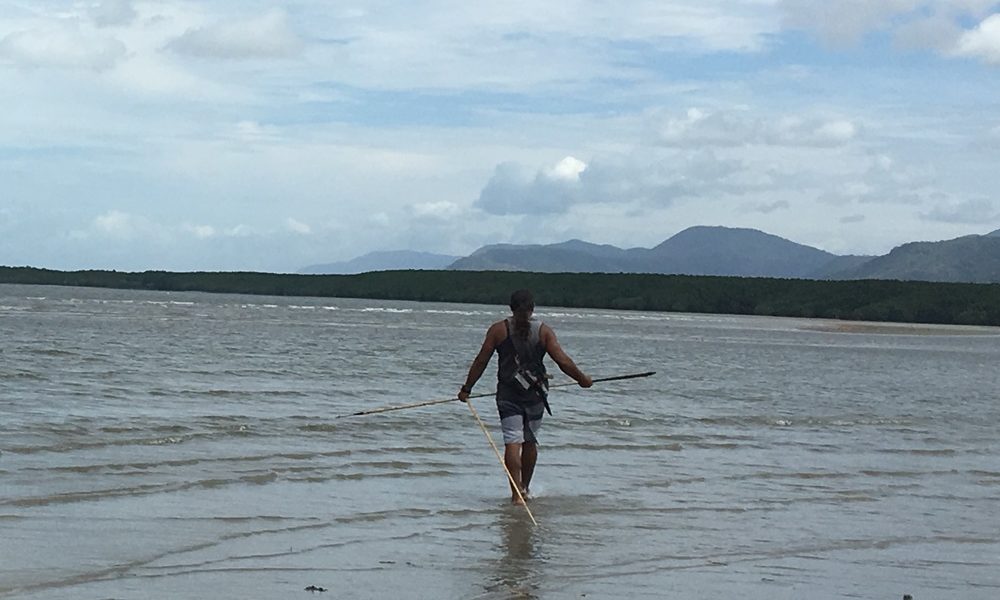
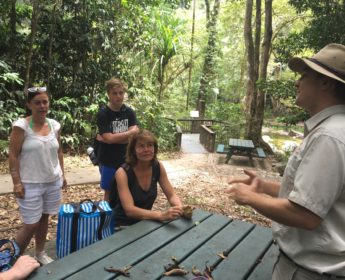

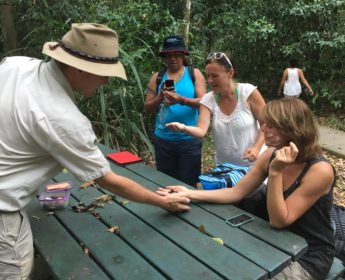
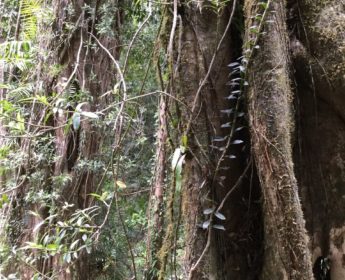
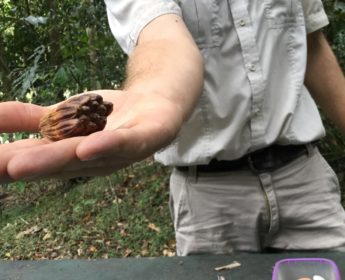


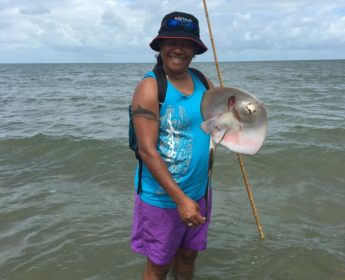
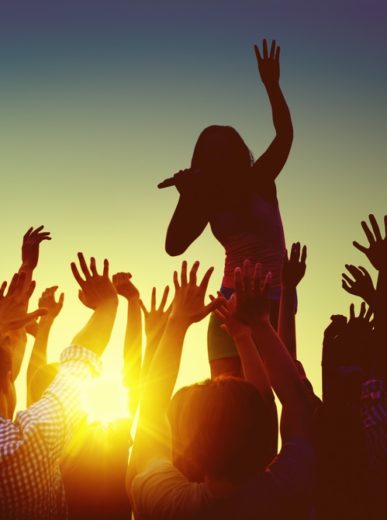




There are no comments.